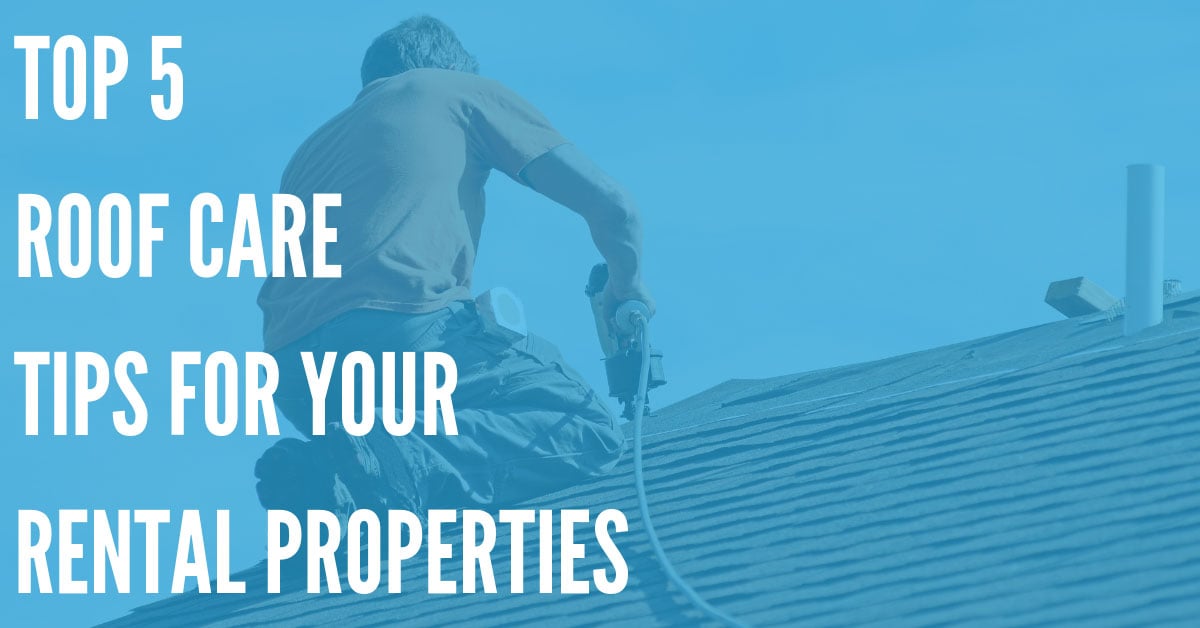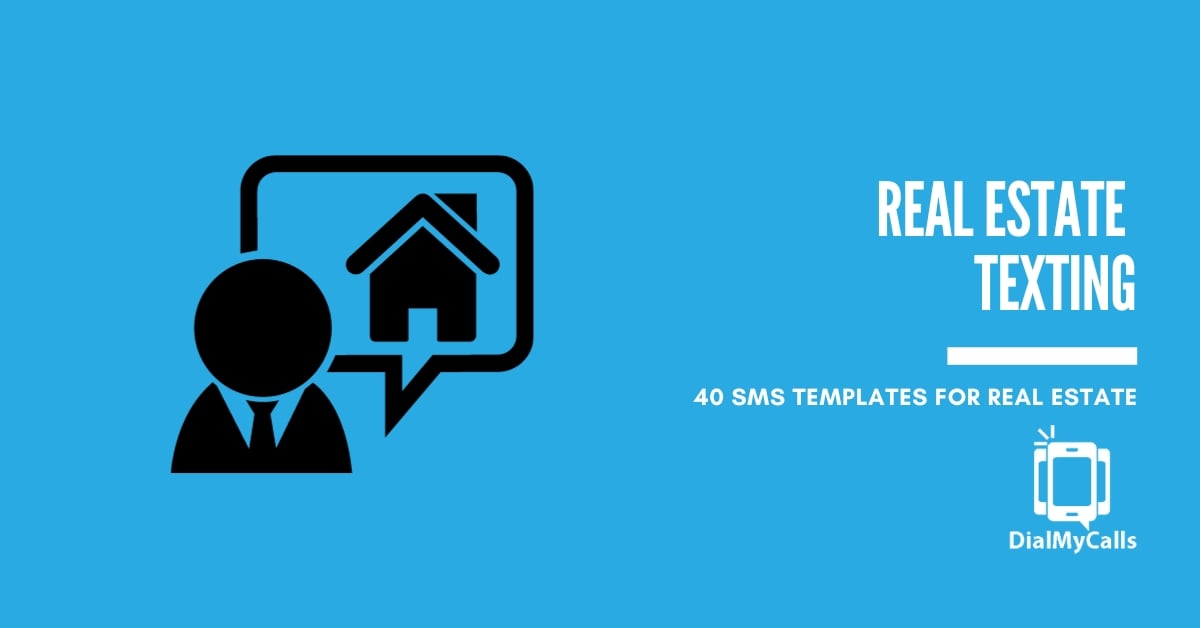Caring for Roofs at Your Rental Properties – 5 Essential Steps
Posted by Tim Smith in Property Management on July 10, 2019
Updated on August 10, 2022

If you’re not careful, the roofs at your rental properties can become neglected and damaged – this can easily lead to a costly repair bill, and make a big dent in your profits.
If you want to make sure that the roofs at your rental properties are properly cared for and ensure you prevent leaks and water damage, you’re in the right place. In this article, we’ll be taking a look at a few essential steps you can take to keep your roofs – and your rental properties – in great shape.
1. Ask Tenants to Report Any Leaks or Roof Damage They Notice Immediately
One of the difficult parts of preventing roof damage and leaks at rental properties is that you don’t live in the property – so you can’t constantly monitor the roof, check for leaks, and make sure your roof shingles or tiles are in great shape.
Because of this, we recommend that you ask your tenants to work with you, and report any issues they see – even if they’re minor – right away. Even minor water stains can indicate that a serious leak is developing, and getting it fixed is in your tenants best interest, too.
That’s why we recommend that you have a hotline where tenants can call you with urgent information about roof leaks or potential issues. Using a service like DialMyCalls, it’s easy to take messages from your tenants, and make sure that you address these issues early – which will save you both time and money.
2. Clean Your Gutters Twice per Year and Have Your Roof Inspected
Late spring and early fall are the best times to clean your gutters. Late spring is a great time to remove the debris left by the winter, and early fall lets you get rid of most leaves, twigs, branches, nuts and other such debris.
Clearing gutters so they can drain properly is key for preventing water from leaking through the roof and walls, and for keeping water away from the foundation of your building – as well as for preventing ice dams. Don’t skip this step – and consider hiring a professional if you don’t have time to do it yourself.
Another benefit of hiring a professional gutter cleaning service is that you can have your roof inspected regularly. Most gutter cleaning professionals can also look at your roof and check for loose shingles, damaged flashing, and other areas of concern.
3. Trim Branches That Are Too Close to the Roof
Branches that are too close to the roof pose a number of different problems:
- Increased leaf litter and debris falling onto your roof and gutters
- High risk of damaging the roof if high winds blow it over
- May rub against roof shingles and components and cause premature wear
If you notice that a tree is growing too close to your roof, or a tenant notifies you about a branch that is near the roof structure, you should have the branch or tree removed to ensure that your property is properly protected.
4. Keep the Attic Cold and Insulated to Prevent Icicles, Ice Dams
Icicles can be a serious problem at some rental properties. Large, heavy icicles can damage your gutters and roof structure due to their bulk. Not only that, but they also pose a threat to your tenants. It’s rare, but heavy icicles can fall and seriously injure – or even kill – both passersby and tenants.
Icicles are caused by poor insulation. When snow falls, hot air coming from the attic can cause it to melt and form icicles, as well as ice dams. Ice dams block proper drainage of snowmelt, and can cause leaks in the attic.
To help mitigate icicle formation, you may want to take another look at the attics in your properties, and look for air leaks. Air leaks can be caused by:
- Unblocked walls
- Gaps in the drywall
- Improper insulation
- Cracks around light fixtures, pipes, chimneys, skylights, and other perforations in the ceiling
You can plug most of these leaks using foam insulation and caulk, which can help keep your attic from releasing too much heat. You may also want to add some more insulation, while you’re at it, or hiring a professional to insulate the roof for you.
Another option is to add roof and soffit vents. These vents will flush out the hot, moist attic air, and draw in cold outdoor air, allowing the roof to stay cool, while preserving the insulation of your roof. This is a complex job, so we recommend hiring a professional to take care of adding more vents. You usually want about 1 square foot of venting per 300 square feet of ceiling area.
5. Have Your Roof Cleaned Once Every 1-2 Years
Just having your roof inspected and having your gutters cleaned isn’t quite enough to keep your roof in tip-top shape. Roof cleaning is another important step. Roof cleaning allows you to remove debris that has built up on the roof structure, and power-wash away algae, mildew and other microorganisms that may have taken root in the structure of your roof. You can also have your roof treated with an algaecide which will prevent further growth of algae, which is a common problem in some climates.
A roof cleaning is also a perfect time to take a look at the overall condition of your roof, and look for potential problems. A clean roof won’t just last longer, either – it will also make your property look more appealing, both for prospective tenants and current tenants!
Keep an Eye on Your Roofs – And Keep Your Property in Great Shape!
Roof leaks are one of the most common and expensive issues that landlords have to deal with – so take the proper preventive steps to keep your roof structure and gutters in great shape, and you can minimize the hassle and expense of roof-related leaks and other such problems.
Sign Up For A Free Trial Today!
Get Started
Recent Posts
Categories
“I am a youth minister and have spent hours in the past calling students individually to remind them of an upcoming event or to get out an urgent announcement. With DialMyCalls.com, I cut that time down to about 1 minute. I also love how I can see exactly who answered live and how long they listened so I know if they heard the whole message. DialMyCalls.com is the best website I have stumbled upon all year! Thanks!”
Central Baptist Church
Sign Up For A Free Trial Today!
Get Started
Sign Up For A Free Trial Today!
Get Started
Recent Posts
Categories
“I am a youth minister and have spent hours in the past calling students individually to remind them of an upcoming event or to get out an urgent announcement. With DialMyCalls.com, I cut that time down to about 1 minute. I also love how I can see exactly who answered live and how long they listened so I know if they heard the whole message. DialMyCalls.com is the best website I have stumbled upon all year! Thanks!”
Central Baptist Church
Sign Up For A Free Trial Today!
Get Started


